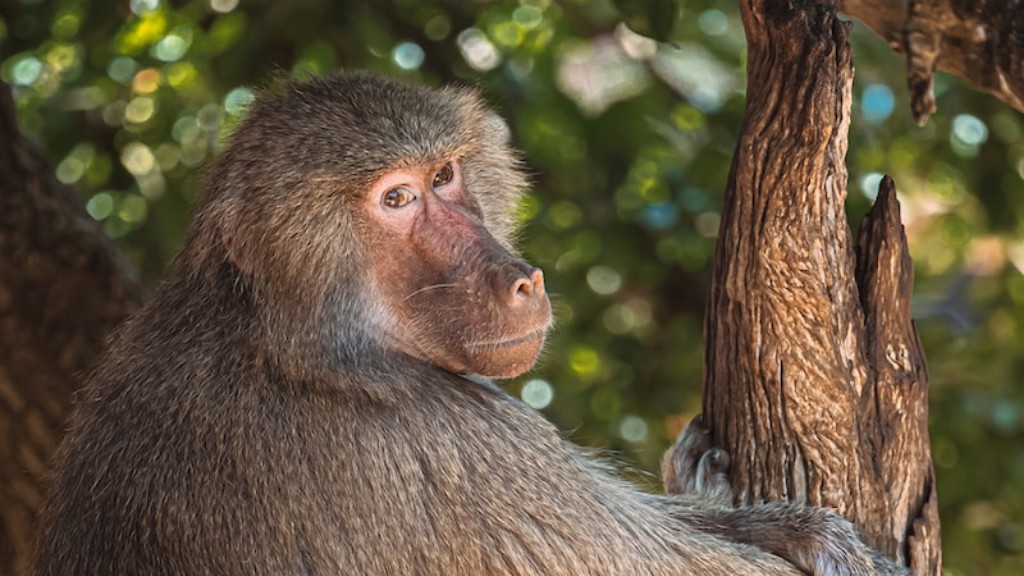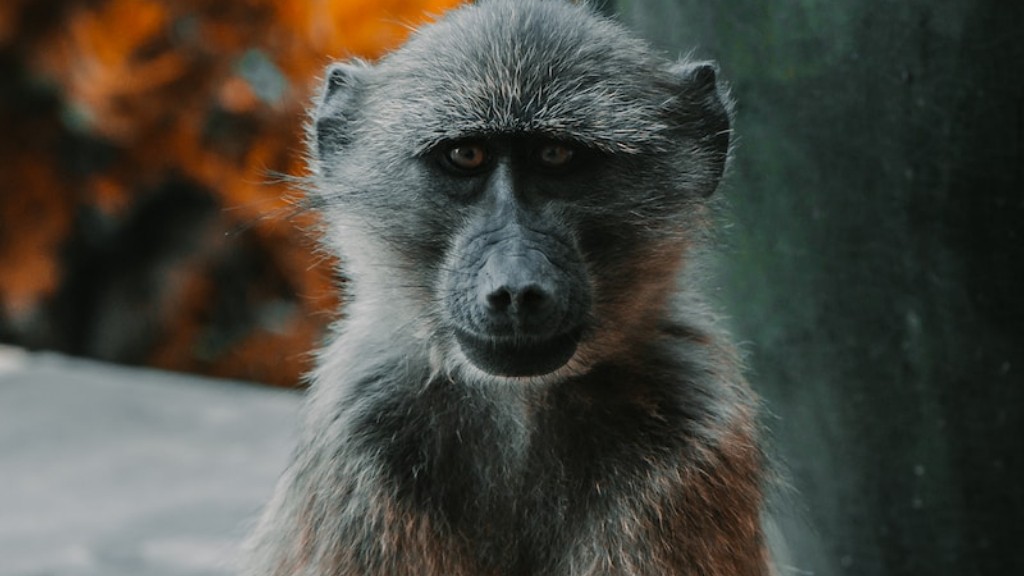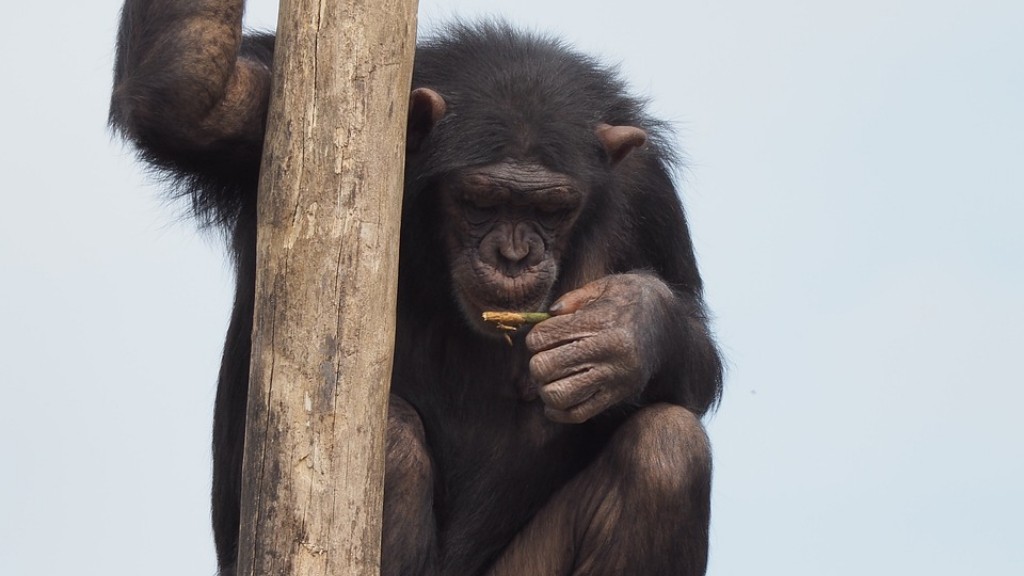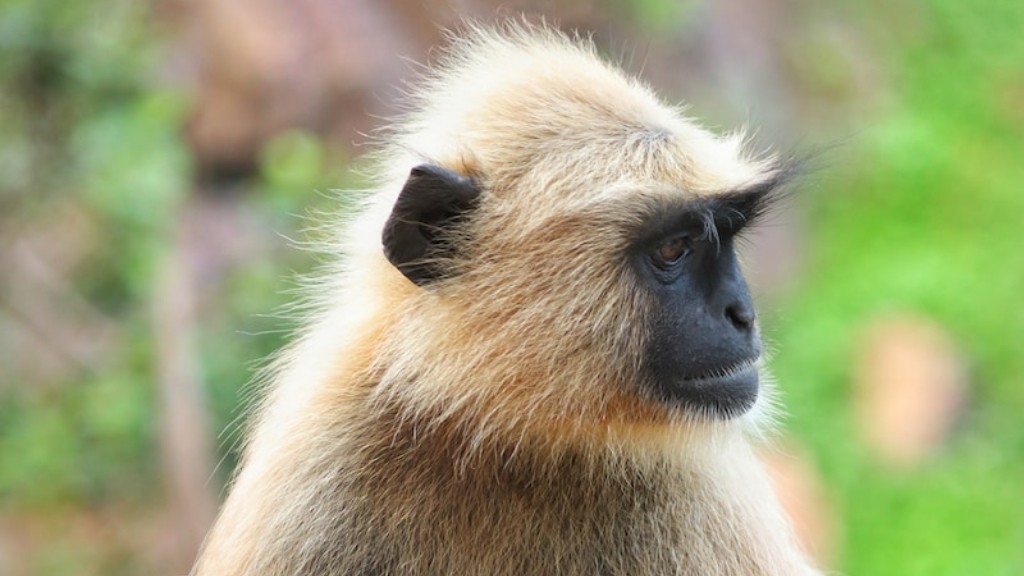What Genus is a Baboon?
The baboon is a fascinating primate that belongs to the genus Papio. Found in various parts of Africa, baboons are known for their distinctive appearance, complex social structure, and highly adaptive nature. In this article, we will explore the genus Papio and delve into the characteristics, behavior, and significance of baboons in their natural habitat.
Background and Taxonomy
Baboons are classified within the Old World monkey family, Cercopithecidae, and the genus Papio contains five recognized species:
- Olive baboon (Papio anubis)
- Yellow baboon (Papio cynocephalus)
- Chacma baboon (Papio ursinus)
- Guinea baboon (Papio papio)
- Hamadryas baboon (Papio hamadryas)
These species are distinguishable by their size, coloration, and specific adaptations to different environments. Olive baboons, for example, are the most widely distributed and the largest of the species, while chacma baboons have a distinctive reddish-brown coat and inhabit southern Africa.
Characteristics and Behavior
Baboons display a range of physical and behavioral characteristics that make them unique:
- Appearance: Baboons have dog-like snouts, sharp teeth, and prominent tails. Males are significantly larger than females and possess larger canine teeth, which they use for defense and asserting dominance.
- Social Structure: Baboon troops are organized hierarchically, with strong alpha males leading the group. Females maintain stable relationships within the troop and play an essential role in raising young baboons.
- Communication: Baboons use various vocalizations, gestures, and facial expressions to communicate within the troop. These signals transmit information about dominance, submission, and threats.
- Diet: Although baboons are omnivorous, feeding primarily on fruits, seeds, leaves, and insects, their diet can vary based on habitat and availability. They have also been observed engaging in opportunistic feeding, including small mammals and livestock.
- Mating Behavior: During the mating season, dominant males establish their reproductive rights within the troop by engaging in aggressive displays. Subordinate males may also form alliances to challenge the dominant male’s position.
Ecological Significance
Baboons play a crucial role in their respective ecosystems:
- Seed Dispersal: As baboons feed on fruits and seeds, they inadvertently aid in seed dispersal, contributing to forest regeneration and maintaining biodiversity.
- Predator Control: Baboons are capable of defending against predators such as leopards and hyenas. Their ability to emit loud vocalizations and exhibit aggressive behavior deters potential threats, benefiting the entire troop.
- Ecosystem Balance: By exerting selective pressure on plants, baboons shape the vegetation composition of their environment. This influence helps to maintain a balanced ecosystem and prevent overpopulation of certain plant species.
The Baboon’s Relationship with Humans
While baboons generally try to avoid humans, conflicts may arise when their natural habitat overlaps with human settlements:
- Crop Damage: Baboons occasionally raid crops, resulting in conflicts with local farmers who depend on their produce. These encounters can escalate, leading to retaliatory measures against baboons.
- Research and Conservation: Baboons are subjects of extensive scientific research due to their biological proximity to humans. This research provides valuable insights into primate behavior, social dynamics, and evolutionary history.
- Habitat Loss: Like many other animal species, habitat loss due to human activities, such as deforestation and urbanization, threatens baboon populations. Conservation efforts focus on protecting their natural habitats and advancing community-based conservation initiatives.
Baboons in Popular Culture
Baboons have found their way into various aspects of human culture:
- Mythology and Symbolism: In certain African cultures, baboons are revered and associated with qualities such as intelligence, strength, and fertility.
- Literature and Art: Baboons have been depicted in literature and art throughout history, often representing themes of wilderness, adventure, or untamed nature.
- Entertainment and Media: Baboons have been portrayed in movies, TV shows, and animated films, sometimes as comedic characters, further solidifying their presence in popular culture.
Baboons, as part of the genus Papio, continue to intrigue and captivate both researchers and those who encounter them in the wild. Understanding their taxonomy, behavior, ecological significance, and cultural connections provides a comprehensive perspective on one of Africa’s most intriguing primates.
Section 1: Baboon Habitat and Adaptations
Within their natural habitat, baboons have developed specific adaptations that enable them to thrive:
- Geographic Range: Baboons are found in a wide variety of habitats across sub-Saharan Africa, including open savannas, woodland areas, and even mountainous regions.
- Regulación de la temperatura: el pelo de la espalda del babuino retrocede durante los períodos más calurosos, lo que permite que la piel se enfríe de manera eficiente. En ambientes más fríos, su pelaje grueso ayuda a proporcionar aislamiento.
- Lugares para dormir: Se sabe que los babuinos buscan refugio en acantilados, cuevas y árboles durante la noche para protegerse de los depredadores.
- Adaptación omniclimática: Quizás el aspecto más notable de la adaptabilidad de los babuinos es su capacidad para sobrevivir en diversos climas, desde condiciones extremas desérticas hasta entornos montañosos de gran altitud.
La estructura social de las tropas de babuinos es compleja y juega un papel vital en su supervivencia:
- Jerarquía: Se mantiene una jerarquía estricta dentro de la tropa, con los machos dominantes en la cima. Las mujeres también tienen su propia jerarquía, lo que influye en su acceso a los recursos y a su protección frente a amenazas.
- Sociedad matriarcal: a pesar de la jerarquía dominada por los hombres, las hembras babuinas tienen un poder considerable dentro de la tropa. Forman fuertes vínculos sociales y participan activamente en la crianza y protección de los jóvenes.
- Dominio desafiante: los machos subordinados pueden desafiar la posición del macho alfa, ya sea individualmente o en alianzas, lo que lleva a intensas batallas y cambios de poder dentro de la tropa.
Sección 3: Salud y reproducción de los babuinos
El ciclo reproductivo y la salud de los babuinos son áreas de estudio fascinantes:
- Comportamiento reproductivo: el macho alfa tiene derechos exclusivos de apareamiento durante la temporada de reproducción. Sin embargo, las hembras pueden participar en cópulas «furtivas» con machos subordinados, lo que da como resultado una mayor diversidad genética dentro de la tropa.
- Menstruación y ovulación: las hembras de babuino exhiben cambios físicos específicos durante el ciclo estral, incluida hinchazón visible y cambios de comportamiento, para señalar su disponibilidad reproductiva.
- Estudios de enfermedades y parásitos: el estudio de las poblaciones de babuinos proporciona información sobre diversas enfermedades infecciosas y parásitos que afectan tanto a los babuinos como a los humanos, lo que contribuye a una valiosa investigación sobre salud pública.
Sección 4: Inteligencia y habilidades cognitivas del babuino
Los babuinos han demostrado una inteligencia y capacidades cognitivas impresionantes:
- Habilidades para resolver problemas: los babuinos exhiben habilidades efectivas para resolver problemas y usar herramientas, incluido el uso de palos para extraer insectos de las grietas o romper nueces.
- Inteligencia emocional: las investigaciones sobre las expresiones faciales de los babuinos sugieren que los babuinos poseen conciencia emocional y son capaces de reconocer e interpretar las emociones de los miembros de su tropa.
- Sistemas de comunicación: los babuinos utilizan un sistema complejo de vocalizaciones y gestos, mostrando su capacidad para transmitir significados específicos y navegar en interacciones sociales.
Explorar estos aspectos de la vida de los babuinos revela su notable adaptabilidad, dinámica social, estrategias de reproducción y habilidades cognitivas. A medida que los investigadores continúan descubriendo nuevos conocimientos, la interconexión de los babuinos y su entorno se vuelve cada vez más evidente.



